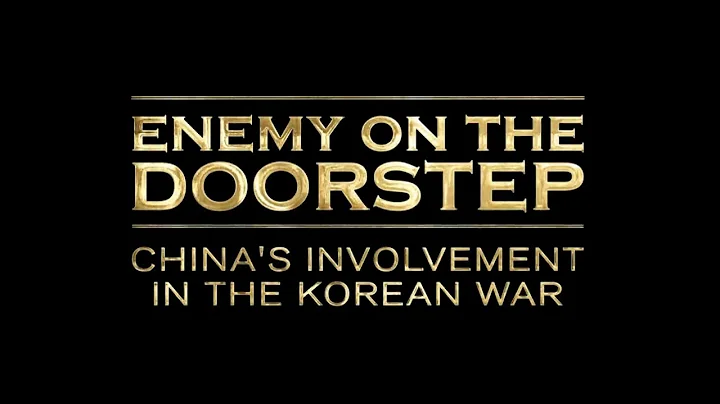The Movement to Resist U.S. Aggression and Aid Korea, also known as the Movement to Resist U.S. Aggression and Aid Korea or the War to Resist U.S. Aggression and Aid Korea, was part of the Korean War that broke out in the early 1950s. It only refers to the stage when the Chinese People’s Volunteers participated in the war, and also includes the masses of the Chinese people who supported the Korean people in their fight against U.S. aggression. Sexual movement.






On July 10, 1950, the "Committee of the Chinese People's Campaign to Oppose the U.S. Invasion of Taiwan and North Korea" was established, and the movement to resist U.S. aggression and aid Korea began. In October, the Chinese People's Volunteers went to fight in North Korea, marking the beginning of the War to Resist US Aggression and Aid Korea. During the War to Resist U.S. Aggression and Aid Korea, the Chinese Volunteer Army received full support from the entire People's Liberation Army and the Chinese people, and also received cooperation from the Chinese socialist camp led by the Soviet Union. In July 1953, the two sides signed the Korean Armistice Agreement, marking the successful conclusion of the war to resist U.S. aggression and aid Korea. In 1958, all volunteers withdrew to China. October 25th is the commemoration day to resist U.S. aggression and aid Korea.
The War to Resist US Aggression and Aid Korea was not only a confrontation between China and North Korea, but also a small world war , because there were actually many countries participating in the war at that time, and the United States had a "coalition army" composed of 16 countries. China and North Korea have the help of the world military power, the Soviet Union, so this is also a small confrontation between the Asian continent and the European and American continents.
On the battlefield to resist U.S. aggression and aid Korea, the young Volunteer Air Force played an important role and made outstanding contributions. I also want to thank the Soviet Air Force for its assistance. Although New China spent real money to buy a lot of equipment under difficult conditions, at that time, the Soviet Union was able to buy advanced equipment for New China, which also helped. In the early days of the war, Soviet Air Force pilots also joined the Korean War as volunteers and helped the Volunteer Air Force through difficult times. What few people pay attention to is that before the outbreak of the Korean War, a large number of Soviet air forces were stationed in China.
After the outbreak of the Korean War, the air defense pressure faced by the Northeast increased sharply. In order to defend the Northeast, in August 1950, the Soviet 151st Fighter Aviation Division, led by Belov, stationed in Shenyang, Anshan , Liaoyang and other places. In October, the Soviet Union successively sent 13 aviation divisions to Northeast China, East China, North China, Southwest China and other regions to assume air defense tasks.
According to relevant records in our country, the Soviet Air Force fought side by side with the Chinese People's Volunteers during the period of resisting U.S. aggression and aiding Korea. The Soviet Union invested a total of 12 air force divisions and shot down a total of 1,097 U.S. Air Force fighter planes, and anti-aircraft artillery shot down 212 aircraft. The Soviet Air Force lost 345 aircraft and 299 people were killed, mostly pilots. All Soviet officers and soldiers who died in the war are buried in the Soviet Army Martyrs Cemetery in Lushun, my country.





















